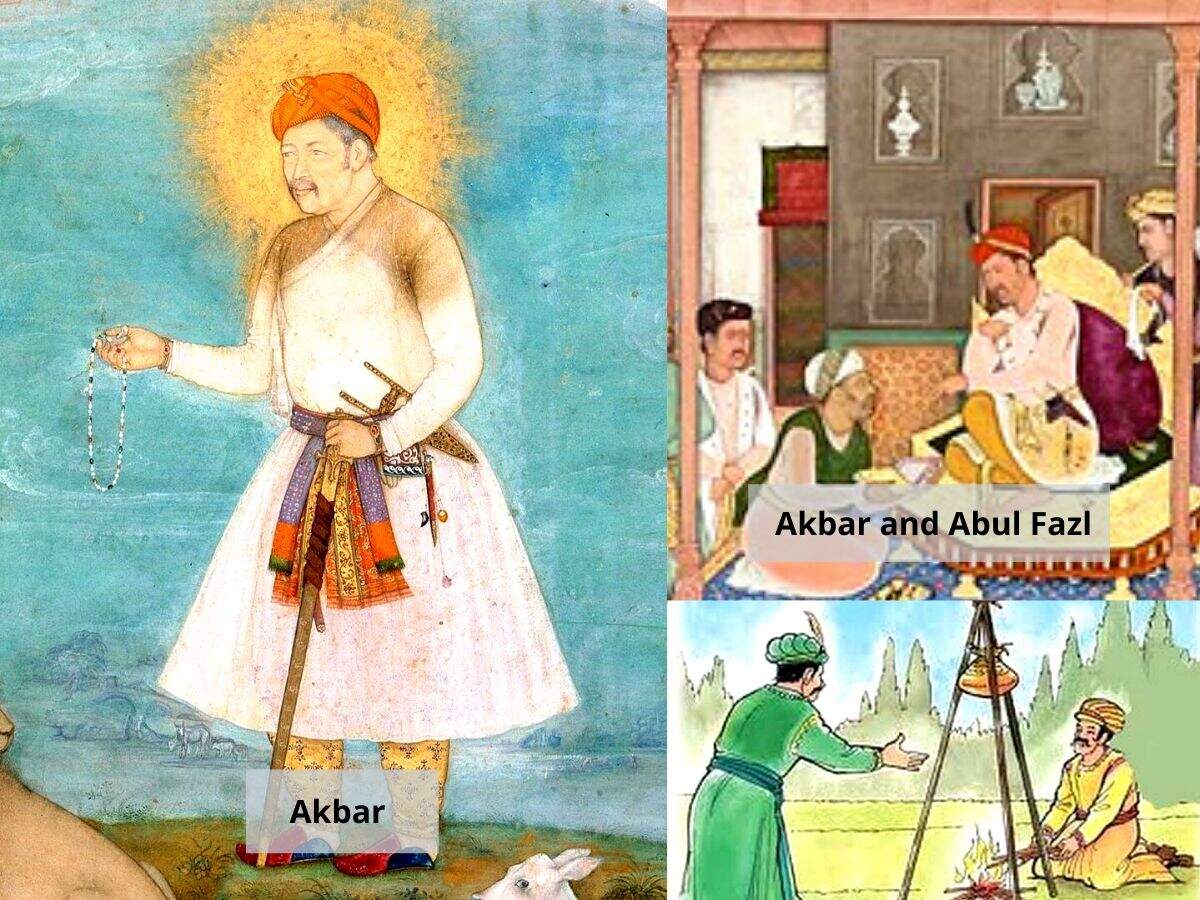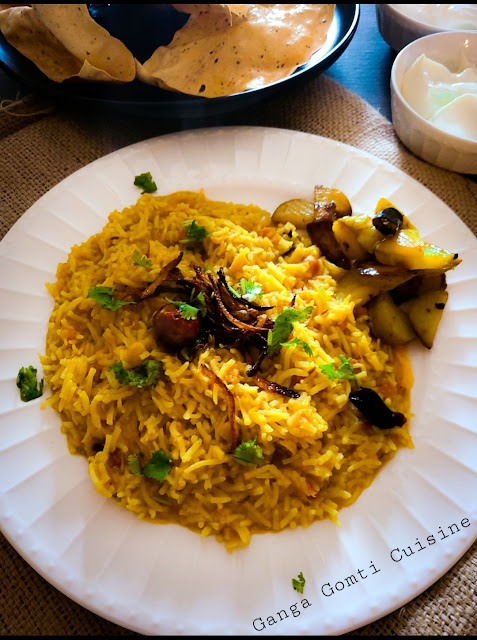Restaurant style Three Dal Khichadi
Restaurant Style Three Dal Khichadi
The earliest reference to Khichdi could be found in the Indian epic ‘Mahabharata’, the events pertaining to which are believed to have taken place between 9th and 8th centuries BCE. In the ‘Mahabharata’, Draupadi is said to have fed Khichdi to the Pandavas during their exile.
Khichdi is also mentioned in Sudama’s story. Sudama, Lord Krishna’s friend went to meet him to Dwarka from Vrindavan and carried two ‘potlis’ (bundles), one containing Khichdi and the other roasted gram. The potli that contained Khichdi was snatched from a tree by a monkey. However, he was able to take a part of the other one to Dwarka where Krishna ate some of the gram and bestowed blessings on his friend.
The Greek king Seleucus, during his campaign in India between 305-303 BC, mentioned that rice with pulses is very popular among people of the Indian subcontinent. The Moroccan traveler Ibn Battuta mentions ‘Kishri’ as a dish in India composed of rice and Moong beans, during his stay around 1350. Battuta wrote, “Munj is boiled with rice, then buttered and eaten. This is what they call Kishri, and on this, they breakfast every day.” Khichdi is also described in the writings of Afanasiy Nikitin, a Russian adventurer who travelled to the Indian subcontinent in the 15th century.
Khichdi and the Mughals
It was under the Mughals
that Khichdi rose to prominence in the subcontinent. Akbar was
voraciously fond of Khichdi as he was a frugal eater. He preferred to
have his meals alone. The Akbar-Birbal story, about Birbal using Khichdi
to make Akbar accept a mistake in judgement is known to everyone. A
little known fact pertaining to Akbar’s courtier Abul Fazl, and his
relation to Khichdi is very fascinating. Fazl used to get 30 maunds of
Khichdi cooked every day and anybody passing by his house could relish
on it for 24 hours. Going by the quantities, a maund was 40 seers or
approximately 40 kg, and 30 maunds equals to 1,200 kg of Khichdi every
day!





Comments
Post a Comment